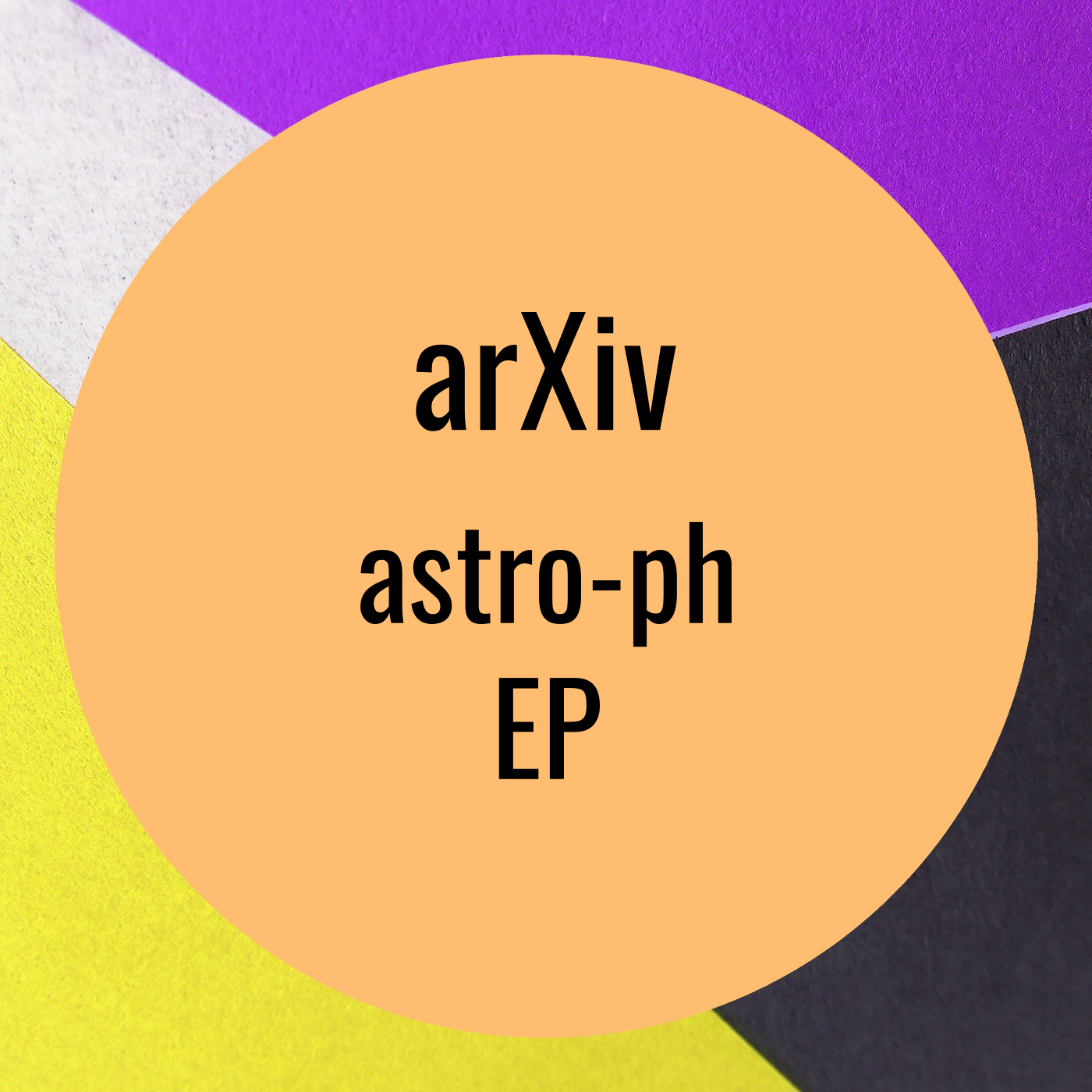Nitrogen as a Tracer of Giant Planet Formation II : Comprehensive Study of Nitrogen Photochemistry and Implications for Observing NH3 and HCN in Transmission and Emission Spectra
Description
Nitrogen as a Tracer of Giant Planet Formation II : Comprehensive Study of Nitrogen Photochemistry and Implications for Observing NH3 and HCN in Transmission and Emission Spectra by Kazumasa Ohno et al. on Wednesday 30 November
Atmospheric nitrogen may provide important constraints on giant planet
formation. Following our semi-analytical work (Ohno & Fortney 2022), we further
pursue the relation between observable NH3 and an atmosphere's bulk nitrogen
abundance by applying the photochemical kinetics model VULCAN across planetary
equilibrium temperature, mass, age, eddy diffusion coefficient, atmospheric
composition, and stellar spectral type. We confirm that the quenched NH3
abundance coincides with the bulk nitrogen abundance only at sub-Jupiter mass
( 1 Gyr) for solar composition atmospheres,
highlighting important caveats for inferring atmospheric nitrogen abundances.
Our semi-analytical model reproduces the quenched NH3 abundance computed by
VULCAN and thus helps to infer the bulk nitrogen abundance from a retrieved NH3
abundance. By computing transmission and emission spectra, we predict that the
equilibrium temperature range of 400--1000 K is optimal for detecting NH3
because NH3 depletion by thermochemistry and photochemistry is significant at
hotter planets whereas entire spectral features become weak at colder planets.
For Jupiter-mass planets around Sun-like stars in this temperature range, NH3
leaves observable signatures of $\sim$ 50 ppm at 1.5, 2.1, and 11 $\rm {\mu}m$
in transmission spectra and > 300--100 ppm at 6 $\rm {\mu}m$ and 11 $\rm
{\mu}m$ in emission spectra. The photodissociation of NH3 leads HCN to replace
NH3 at low pressures. However, the low HCN column densities lead to much weaker
absorption features than for NH3. The NH3 features are readily accessible to
JWST observations to constrain atmospheric nitrogen abundances, which may open
a new avenue to understand the formation processes of giant exoplanets.
arXiv: http://arxiv.org/abs/http://arxiv.org/abs/2211.16877v1
More Episodes
Nitrogen as a Tracer of Giant Planet Formation I : A Universal Deep Adiabatic Profile and Semi-analytical Predictions of Disequilibrium Ammonia Abundances in Warm Exoplanetary Atmospheres by Kazumasa Ohno et al. on Wednesday 30 November
A major motivation of spectroscopic observations of giant...
Published 11/30/22
Published 11/30/22
Stellar space weather effects on potentially habitable planets by A. A. Vidotto. on Wednesday 30 November
Stellar activity can reveal itself in the form of radiation (eg, enhanced
X-ray coronal emission, flares) and particles (eg, winds, coronal mass
ejections). Together, these phenomena shape...
Published 11/30/22


